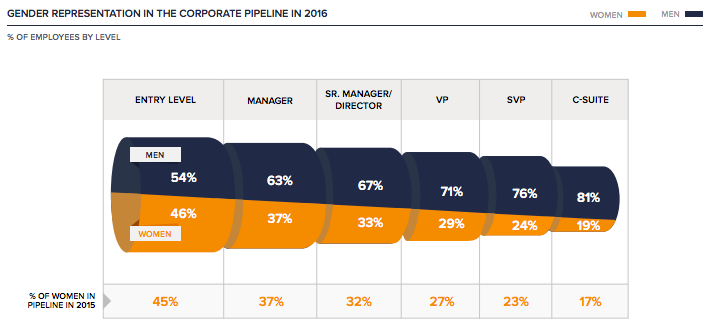Hearing that only 5.6% of all S&P 500 CEOs are women, a behavioral economist might say one reason (from many) is an expectations bias.
For starters, we can look at some rats to understand what that economist would be talking about.
Rats and Expectations
In a lab, during the 1960s, Harvard professor Robert Rosenthal falsely labeled average rodents as either smart or dumb. His students thought they were doing rat experiments.
Unaware that their professor wanted to see the impact of the labels on them and the rats, his students concluded that the smarter rats were more likable, cleaner and tamer. As they tried to navigate a maze, the “smart” rats had an increasing number of correct responses while the “dumb” rats’ performance declined.
Since there was no brains gap, what had happened? The difference probably came from how the students treated the rats, By handling the “bright” rats more frequently and gently, they could have shaped their behavior.
CEOs and Expectations
Perhaps resembling the Rosenthal experiment, our expectations for a female CEO can bias the results.
For starters, moving through the corporate pipeline, we see fewer women:
In their professional networks, men interact with men much more frequently than women:
Our Bottom Line: Expectations Bias
You can see where this is going. When there are few women at the top, it becomes more likely that there will be fewer women at the top. The reason could be an expectations bias. What we see influences what we expect and what we wind up with.
Looking at individual industries. a 2017 McKinsey Report, confirms the dearth of female executives. You can see below that in 10 major industrial sectors, the proportion of women decreases at the top:
Percent of Women, Selected Industries, by Level
We can ask if like those “smart” and “dumb” rats, we have an expectations bias in the 10 industries where men dominate the executive suite.
The Khasi
And finally, always my favorite, the Khasi confirm the power of expectations:
Located in Northeast India, the Khasi is a matrilineal society numbering close to 1 million (2011). From birth, women experience a female world. Their households are led by females, businesses are run by women, property can be inherited only by women. When University of Chicago researchers quantified male and female tendencies to compete, the Khasi women got the top grades.
In a Khasi maternity ward, you might hear cheering when a girl is born but, “‘oh okay, he’ll do” for a boy.
Or, if you visit a Khasi home…
“When we visited the Khasi household of a youngest daughter, if a man (obviously the husband) came first to greet us, he always said ‘please wait, my wife (or mother-in-law) is coming.’ And it was the wife who entertained us…while her husband remained silent in the corner of the room, or in the next room.”
And this returns us to why we have so few female CEOs. Whether looking at female Khasi or male corporate execurtives, an expectations bias can shape who is at the top.
My sources and more: Reading the NY Times this Sunday, I was reminded that I had not revisited the female CEO issue for awhile. Always fertile, the topic took me to Catalyst, a handy source of statistics about women in the workforce and this LeanIn/McKinsey study for my diagrams.
Please note that a previous econlife was the source of parts of this post. To improve clarity, this post was edited after publication.









